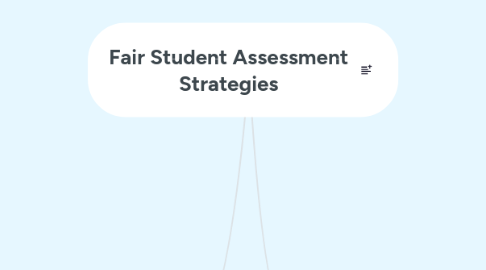
1. Differentiation in Assessment and Teaching
1.1. Differentiation in teaching is the idea that throughout lessons a teacher should ensure that she is giving all learners a chance to understand the material by presenting that material in a variety of ways.
1.1.1. Visual
1.1.2. Oral
1.1.3. Written
1.1.4. demonstrated
1.2. Differentiation in assessment is the idea of allowing students to demonstrate their learning in a variety of ways
1.2.1. written
1.2.2. oral
1.2.3. visual
1.2.4. demonstrated
1.3. I would use differentiated instruction to ensure that all learning and test questions are relevant to all learners. I would consider these learners throughout my time planning for lessons and units to ensure their is no oversight and adjust future lessons as necessary.
1.3.1. Students from different Backgrounds
1.3.2. Students with IEPs / Exceptionalities
1.3.3. Students with accommodations or modifications
1.3.4. Students of different intrests
1.3.5. Students of different Genders
1.3.6. Students of different social/economic status
2. Diagnostic assessment prior to learning and Assessment for learning throughout each lesson
2.1. tools for diagnostic assessment to learning
2.1.1. review of recent report cards
2.1.2. consultation with previous teachers, parents, and educators
2.1.3. classroom observation
2.1.4. review of any transition plans
2.1.5. commonly used school board assessment, as well as alternative learning expectations
2.1.6. professional assessment if needed
2.1.7. interest inventory
2.1.8. Classroom Assessment
2.2. I would use diagnostic assessment prior to learning to ensure that I have a good oversight of learners prior to teaching them. This would ensure that I am not overlooking key misunderstandings in my teaching based on
2.2.1. Cultural background
2.2.2. misunderstandings of prior knowledge
2.2.3. assumptions of strengths and weaknesses of students.
2.2.4. student disengagement without consideration of their interests.

